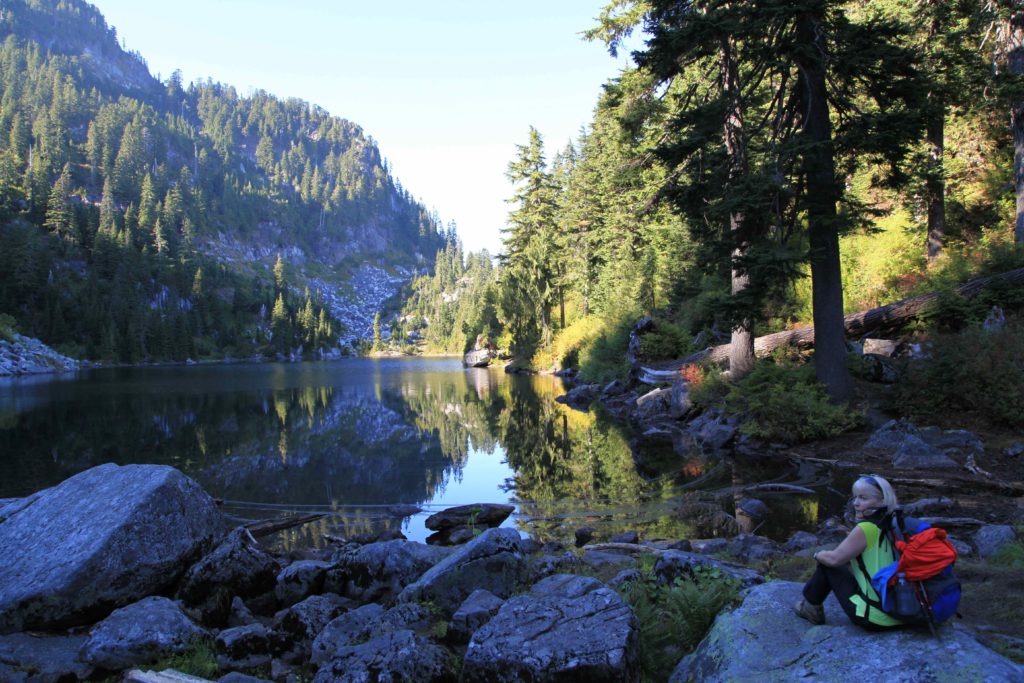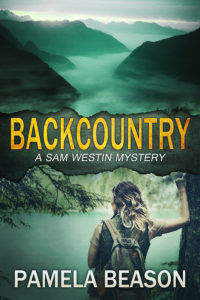(Re)appearing Ladies
It’s Halloween. What better time to write about ghosts, real and imagined. I spent my academic career writing about the nineteenth-century novelist Constance Fenimore Woolson. Woolson had her own family ghost story to tell about the haunting of the bedroom where her sister Emma died. A scholar I know claims she felt Woolson’s presence when she visited the apartment where Woolson leapt or fell to her death in Venice.
I felt no such presence there, but like so many scholars I know, once Woolson gets hold of us, we can’t let her go. She materialized for me in my second novel, Death of the Keynote Speaker, where I imagined her as a fictionalized Abigail Brewster in a setting on one of the Isles of Shoals off the coasts of New Hampshire and Maine. Woolson never visited those islands, but I drew on real life historical figures for an appearance in that novel: Celia Thaxter, who held a literary salon on Appledore Island; Karen and Anethe Christensen who were murdered on Smuttynose Island in 1873; and abortionist Madame Restell, who was known as “The Wickedest Woman in New York.”
After I published Death of the Keynote Speaker, I wasn’t finished with my ghosts. My newest novel, The Wicked Bible, reimagines Abigail Brewster and Madame Restell. How could I not reprise “The Wickedest Woman in New York” in a novel titled after an actual 1631 Bible dubbed “The Wicked Bible?”
I’m not done with reappearances. The novel I’m working on now reprised a character I named Connie in Leaving Freedom. Woolson left her childhood home in Cleveland to accompany her mother to Florida and the beginnings of a writing career. My Connie also leaves her hometown in Freedom, Massachusetts, to care for her mother in Florida where she also finds success as a writer. My novel in progress is bringing Connie, now eighty years old, back to Freedom. It’s tentatively titled Finding Freedom. I don’t know yet what Connie will find, but I know that the ghost of Constance Fenimore Woolson has given me plenty of inspiration. I wonder what ghosts live for you, whether they be haunting or inspirational?
After a winter when she solved the cold case of a high school friend found dead in a barn, Deborah Strong needs a distraction. She joins a conference, “Libraries: Where Have We Been, Where Are We Going?” that will be useful for her work as a librarian in the small town of Shelby. The setting at a picturesque college in New Hampshire should also be healing.
Deborah’s project for the week plunges her into a mystery that would delight most researchers. What are the connections between a Bible dubbed “The Wicked Bible,” a woman called “The Wickedest Woman in New York,” a book written by a nineteenth-century author, and a letter penned to the author? As she slowly unravels the connections, Deborah confronts an event from her own past and anticipates a future that could be as brilliant as New Hampshire’s September foliage.
Buy links: Amazon- https://www.amazon.com/Wicked-Bible-Deborah-Strong-Mystery/dp/1645992810
Goodreads: https://www.goodreads.com/review/new/59432097-the-wicked-bible
Sharon L. Dean grew up in Massachusetts where she was immersed in the literature of New England. She earned undergraduate and graduate degrees at the University of New Hampshire, a state she lived and taught in before moving to Oregon. Although she has given up writing scholarly books that require footnotes, she incorporates much of her academic research as background in her mysteries. She is the author of three Susan Warner mysteries and of a literary novel titled Leaving Freedom. Her new seriesfeatures librarian and reluctant sleuth Deborah Strong. In The Barn, Deborah solves a thirty-year-old cold case. The Wicked Bible, scheduled for an October 2021 release by Encircle Publications,brings Deborah to a college campus and a search for who stole a Bible and a letter from the library’s archives. The third in the series, Calderwood Cove, forthcoming in 2022, will bring her to the coast of Maine and a murder. She continues to write and research in the landscape she’s discovering the Northwest.
Social Media:
Website: https://sharonldean.com/ Publisher: https://encirclepub.com/













You must be logged in to post a comment.